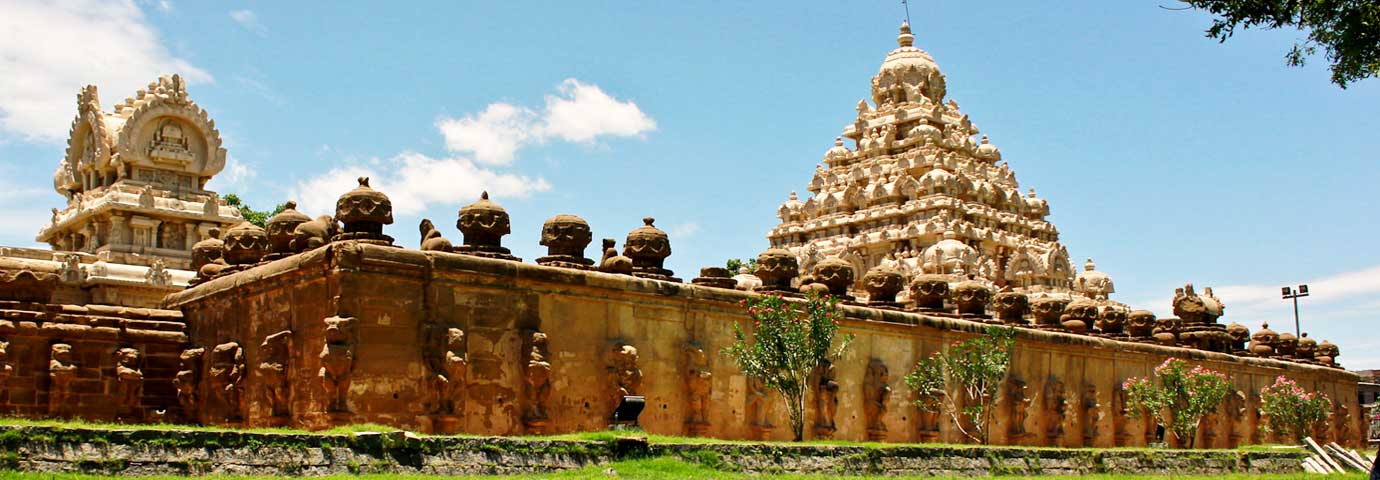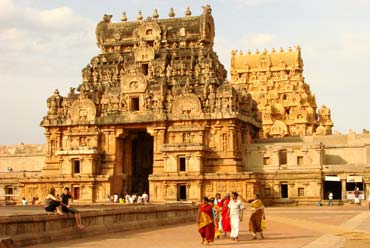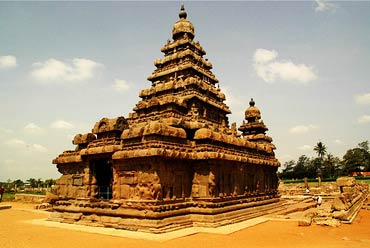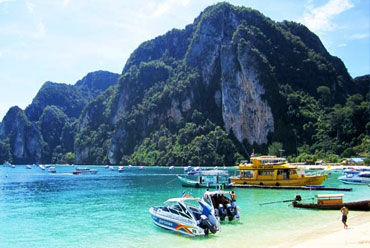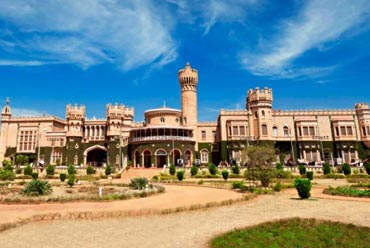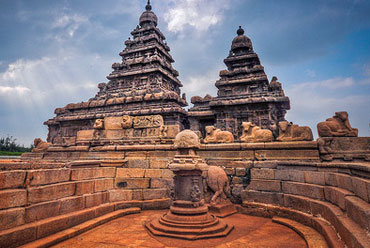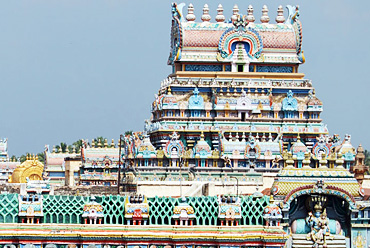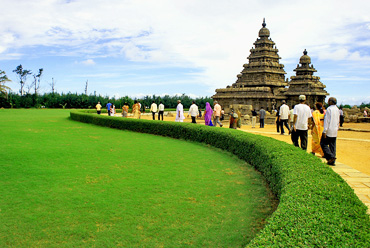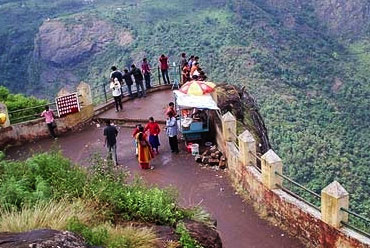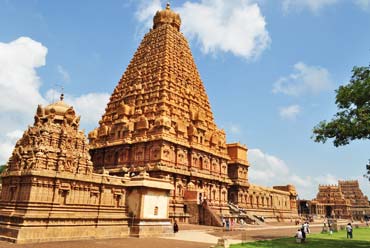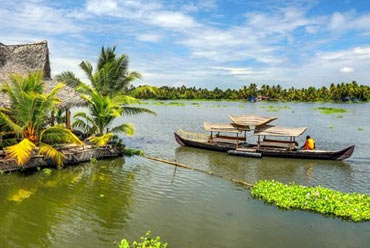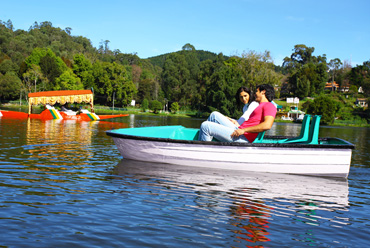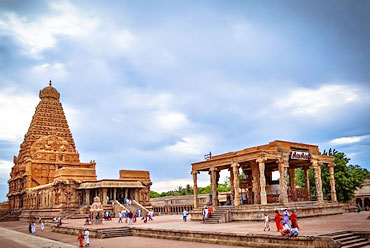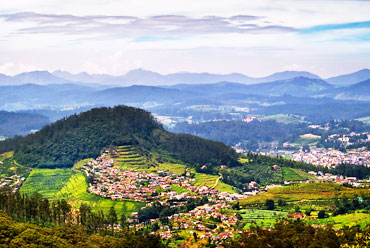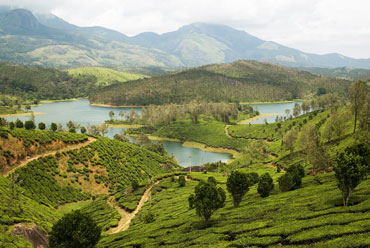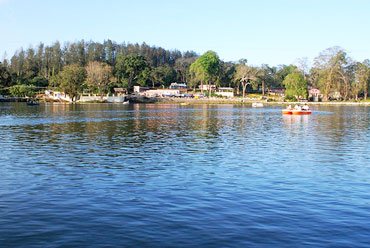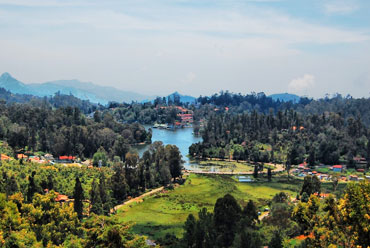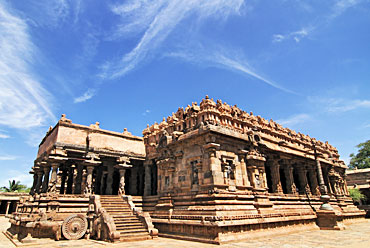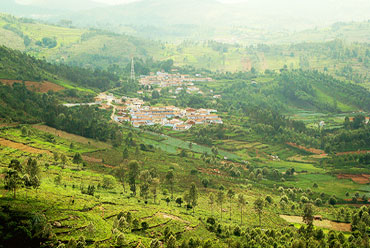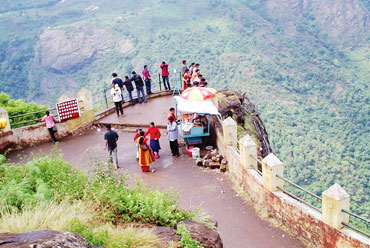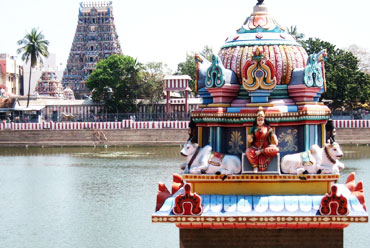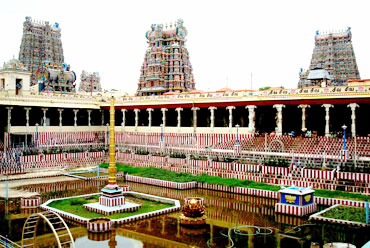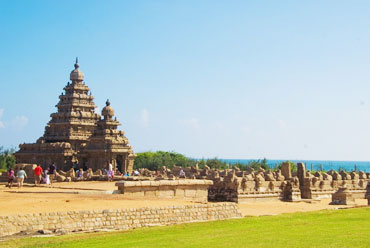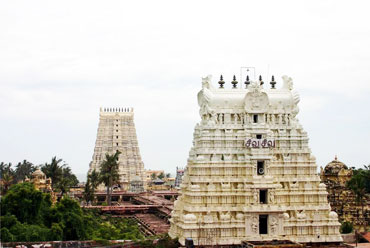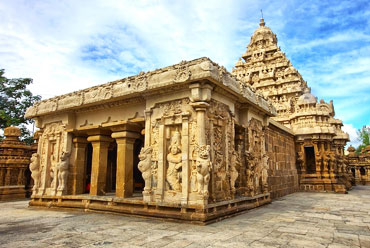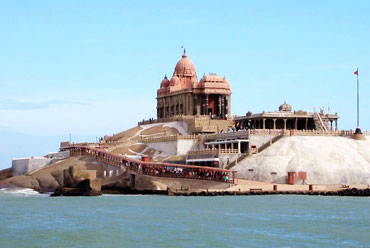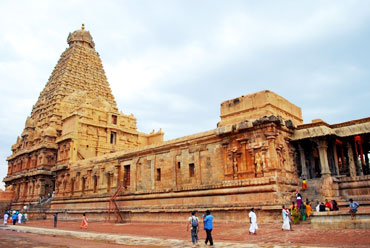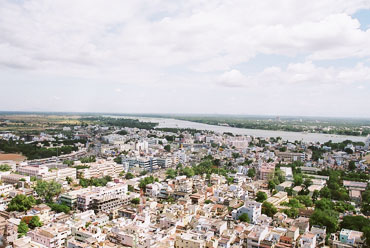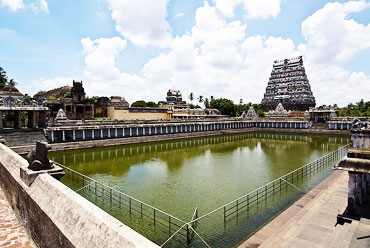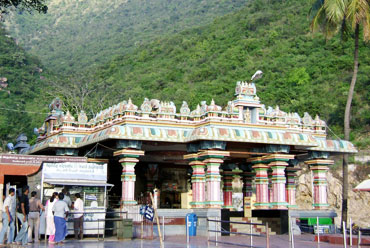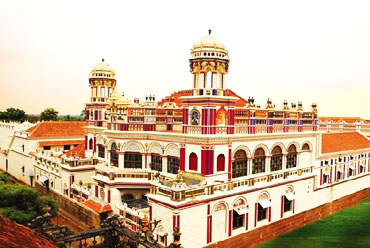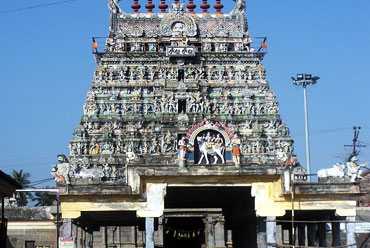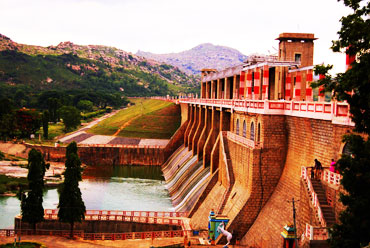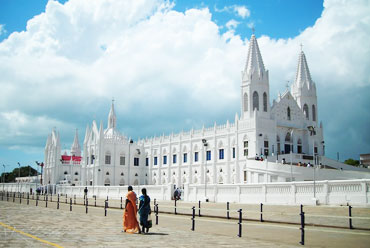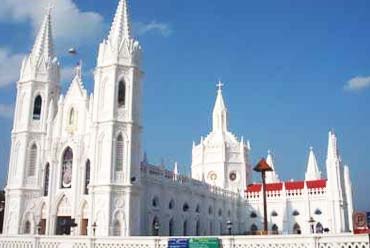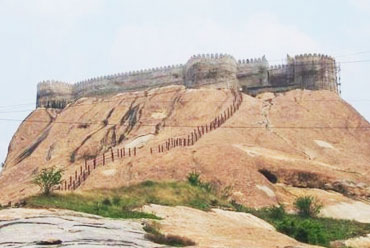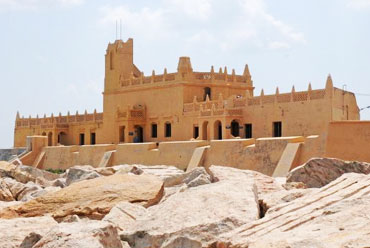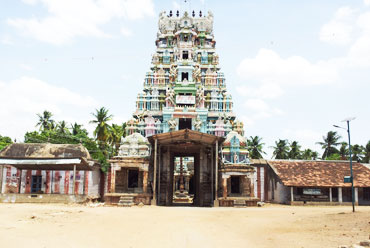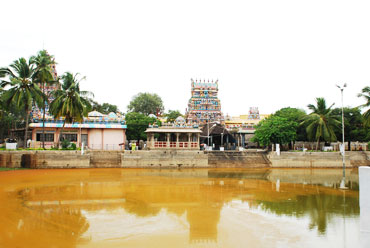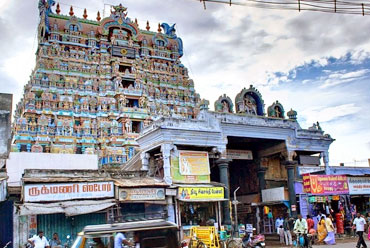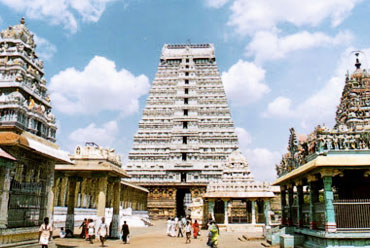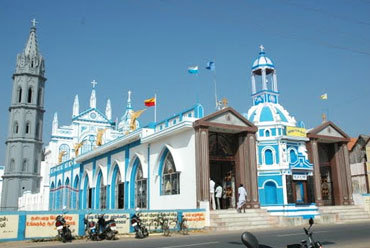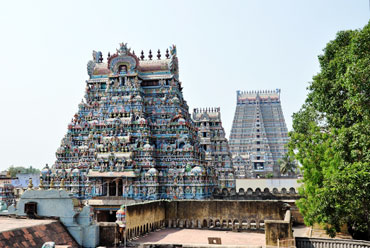With a glorious past, a vibrant culture, a rich tapestry of history, a nature's paradise of blue beaches and clear skies, Tamil Nadu is a tourist's dream come true. One can revel on the Marina beach, go cruising in the theme parks, or let the mind rest in peace in the midst of magnificent temples. Alternatively, one can relish the mouth-watering dosas, savor the refreshing filter coffee, or enjoy the Bharat Natyam performances. Tamil Nadu makes one forget the humdrum of modern life.
Location
Located in south India, Tamil Nadu is bounded in the north by Andhra Pradesh and Karnataka, in the south by the Indian Ocean, in the east by the Bay of Bengal, and by Kerala in the west. The Point Calimere and the Mudumulai wildlife sanctuary mark the eastern and western limits of the state, respectively. The northernmost limit is Pulicat Lake while the southernmost tip, defining the end of the Indian landmass, is Cape Comorin or Kanyakumari. It is the 11th largest state in India, circumscribing the union territory of Pondicherry in the district of South Arcot.
The land can be divided into five major physical divisions-the Kurinji or mountainous region, the Mullai or forest region, the Palai vor arid region, the Marudham or the fertile plains and the Neidhal or coastal region. The Eastern and Western Ghats meet in Tamil Nadu and run along its eastern and western boundaries. The Cauvery River, originating in the Coorg district of the neighbouring state of Karnataka, is the lifeline of the state. The lush Coromandel plains are irrigated by the Cauvery and its Thanjavur-Nagapattinam delta is called the granary of Tamil Nadu. Palar, Pennar, Vaigai and Tamiraparani are the other rivers of the state.
History
Tamil Nadu was ruled by three major dynasties-the Cholas in the east, the Pandyas in the central area and Cheras in the west. This was during the Sangam Age-the classical period of Tamil literature-that continued for some 300 years after the birth of Christ. The Pallava dynasty was influential particularly in the 7th and 8th centuries, the testimonies to which are the monuments at Mamallapuram. In the 13th century, with threats of Muslim invasions from the north, the southern Hindu dynasties combined and the empire of Vijaynagar, which covered all of South India, became firmly established. However, by the 17th century, due to the disintegration of the Vijaynagar Empire, various small rulers like the Nayaks ruled southern India.
By the middle of the 18th century, there were frequent conflicts between the British, French, Danes, and Dutch due to their interest in these areas. The British were finally victorious, while small pocketed areas including Pondicherry and Karaikal remained under French control. Under the British rule, most of south India was integrated into the region called the Madras Presidency. In 1956, the Madras Presidency was disbanded and Tamil Nadu was established.
Gypsies have had a special place in Tamil history. Many tribes and castes have accepted this iterant way of life. The Tamil deity Murugan's consort was identified variably as a Kuravar (in Tamil Nadu) or as a Veddha (indigenous hunter gatherer tribal in Sri Lanka). The Badagas, Kotas, and Todas are other tribes found in the Nilgiri hills.

